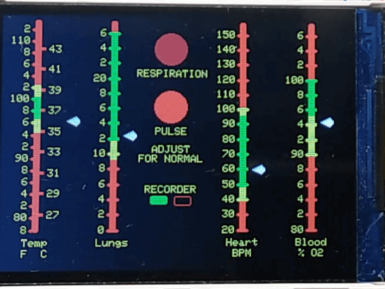
L298 driver for DC/Stepper motors
Based on the ST L298N chip, this module is designed to accept standard TTL logic levels and drive inductive loads such as relays, solenoids, DC motors, and stepper motors.
Overview
Based on the ST L298N chip, this module is designed to accept standard TTL logic levels and drive inductive loads such as relays, solenoids, DC motors, and stepper motors.
It has the ability to reverse the motor rotation direction and features control inputs for stepper and DC motors, motor direction indication LEDs, power presence LEDs, and a base with 4 mounting holes. The control logic power supply voltage ranges from 4.5 to 5.5V, and the motor power supply voltage ranges from 6.5 to 30V DC, with a peak output current of 2A per channel.
Tech specs
- Driver: L298
- Motor power supply voltage: 6.5 to 30V
- Peak output current per channel: 2A
- Control logic power supply voltage: 4.5 to 5.5V - 36mA
- Control level: High: 4.5-5.5V Low: 0V
- Operating temperature: -25°C to +130°C
- Dimensions (mm): 54 x 43 x 30
- Weight: 33g
Conformities
Get Inspired

Control the speed of a 12 volt computer fan using a PWM duty cycle

The future envisioned in the original Star Trek included, among other things, a shipboard sickbay with electronic monitors strangely reminiscent of the machines that medical personnel use today. To recreate a functional mini-replica of these displays, YouTuber Xtronical turned to a 2.8” TFT screen, a breadboard, and an Arduino Nano—noting that an Uno would also work. The LCD display nails the look of Dr. McCoy's device, and heartbeat sound can be played along with an onscreen flashing “PULSE” circle. A MAX30100 pulse/oximeter sensor and a temperature sensor take body readings, while a second DS18B20 is implemented to read ambient conditions for increased accuracy. It’s a fun Trekkie project, and Xtronical plans to elaborate on how it was made in future videos. A build of a working original Star Trek display with real sampled heart beat sound. Uses various sensors to get the readings from your body (via just your fingers) and displays them in the style of the 60's sick bay screen. This bare "Bones" system could be built into a model unit or even a replica Tricorder.








